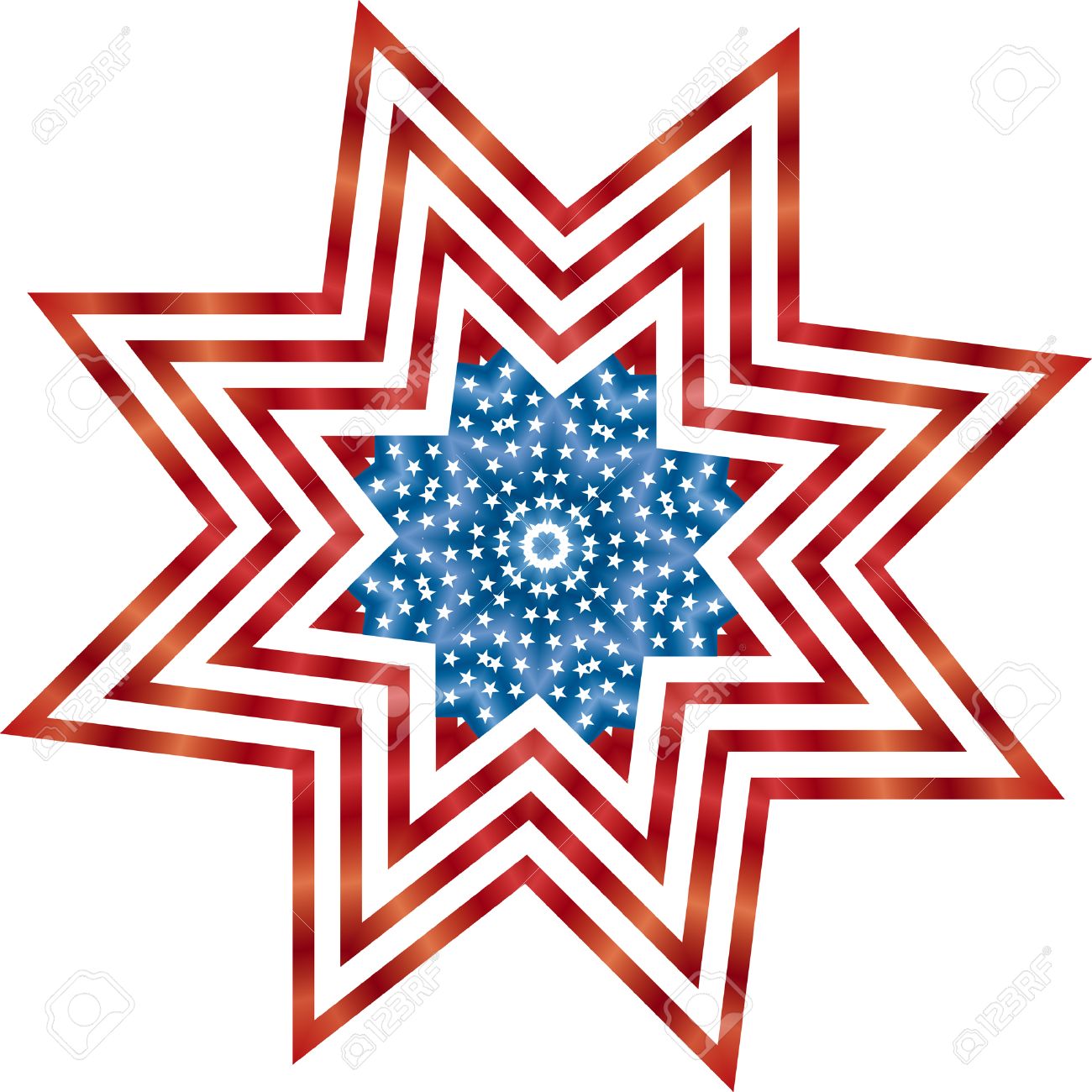|
(2017
midterm assignment) Sample Student Midterm Answers 2017 #3: Web Highlights (Index) |
LITR 4328 |
 |
Kristin Mizell
The American Gothic: There’s More to It than Castles
Before this class, I felt I had a well-versed understanding of “Gothic”
works. However, after the first day
in class I learned I actually had a limited understanding. All of my previous
encounters with gothic works had been outside of America, and usually had to do
with spooky castles. By reading Cyndi Perkins’ “The Gothic and American Horror,”
Kimberly Halls’ “The American Gothic Horror Story,” and Sarah Robin Roelse’s
“Sleepy Hollow: Not Sleepy At All!,” I was able to understand more about Gothic
literature through the eyes of my peers.
Cyndi Perkins’ essay “The Gothic and American Horror” also addresses the
preconception of Gothic literature that I had experienced. Cyndi writes that she
was surprised to see Gothic literature as part of Romanticism, and I absolutely
related to that opening statement. She goes on to say that she learned about the
“rich tradition of American Gothic and how its success in our culture reveals a
disturbing yet alluring attraction to the things that go bump in the night.” I
will admit that although I had broadened my understanding of Gothic literature
in this class, I had not thought at length about the why of it. Perkins’s essay
really helped me to think more about what makes American Gothic interesting to
readers. “If we don’t deal with our animal desires or our overwhelming feelings
of loss or melancholy, then we can expect to have a ‘haunted mind.’ “ Her essay
does a great job of combining what she learned in class and reconciling that
with her extensive knowledge of modern day horror movies. This essay gave me
something to think about, which is the mark of a good essay.
Much like Cyndi Perkins and myself, Kimberly Hall also had preconceived
ideas about Gothic literature. Her essay “The American Gothic Horror Story”
focuses on what she learned about the American “wilderness gothic style” by
comparing it to the “traditional gothic style.” She compares the two styles and
shows the similarities between them while also showing what makes American
Gothic unique. “The wilderness gothic style seeks to create similar feelings of
fear and isolation, but instead of setting psychological hauntings in a decrepit
castle or mansion, as traditional gothic writers would, wilderness gothic
writers transplant these stories into untamed forests, which were abundant in
the Americas in a way that castles were not.” The fact that so much of America
was still untamed and unexplored is a great point, and Hall’s essay uses imagery
to really show how Gothic literature is able to work in America, even without
castles. Like Perkins, she also draws comparisons to modern day works. This
really brings the essay full circle and she drives the essay home with, “while
the setting may change, the song remains the same–gothic horror is still gothic
horror, in all its sublime psychological glory.” I found that to be a great way
to end her essay.
Sarah Robin Roelse’s essay “Sleepy
Hollow: Not Sleepy At All!” does not focus on the Gothic style itself, but
rather reviews three other essays about the Gothic work
Sleepy Hollow. She is able to relate
these essays to her own learning and also draws parallels to modern works like
Hall and Perkins by referencing the FOX show Sleepy Hollow. She does a good job
of connecting the three essays she read by referring to instances where they
overlap rather than relying on the fact that they all are focused on the same
central theme. Like Perkins, she states what makes Gothic literature appealing
to the reader. She notes that the dark wilderness setting of
Sleepy Hollow “resonates with the
kind of fear that people seek out in order to gain that surge of adrenaline
whilst reading or watching a story.”
While reading these essays I was given more of an insight into Gothic
literature and what makes it so engaging for the reader. These essays all gave
me something to think about and introduced a new way to look at the literature I
have read this semester. Having the opportunity to look over my peers work and
see how our thoughts intersect was an enlightening experience.



